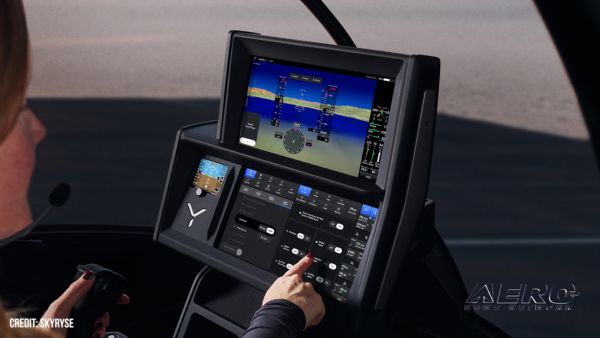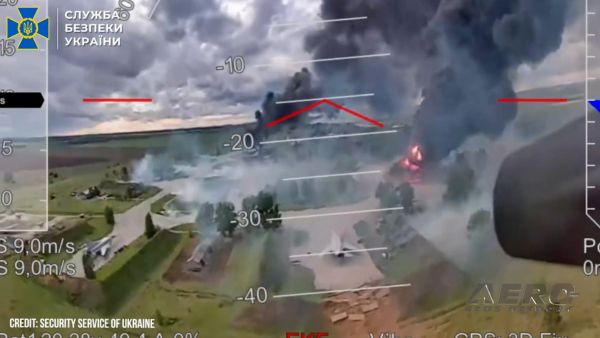Tue, Dec 20, 2005
Advertisement
More News
 Classic Aero-TV: Legacy of a Homebuilt P-38 Replica
Classic Aero-TV: Legacy of a Homebuilt P-38 Replica
From Oshkosh 2024 (YouTube Edition): Stunning Aircraft is a WWII Era Dream Come True William Presler, owner of Volar Avionics and Restorations, was given the opportunity to showcas>[...]
 ANN's Daily Aero-Linx (06.08.25)
ANN's Daily Aero-Linx (06.08.25)
Aero Linx: USAF E-9A The E-9A is a twin turboprop used as a surveillance platform to ensure the Gulf of Mexico waters are clear of civilian boaters and aircraft during live missile>[...]
 NTSB Final Report: Avid Magnum
NTSB Final Report: Avid Magnum
Pilot’s Failure To Maintain Clearance From The Water While Maneuvering In Low Visibility Conditions Analysis: During a local personal sightseeing flight, the pilot was maneuv>[...]
 ANN's Daily Aero-Term (06.08.25): Landing Area
ANN's Daily Aero-Term (06.08.25): Landing Area
Landing Area Any locality either on land, water, or structures, including airports/heliports and intermediate landing fields, which is used, or intended to be used, for the landing>[...]
 Aero-News: Quote of the Day (06.08.25)
Aero-News: Quote of the Day (06.08.25)
"I look forward to thoroughly evaluating Bryan Bedford to serve as FAA administrator, focusing on his qualifications, and the experience that will be needed to boldly modernize Ame>[...]
blog comments powered by Disqus



